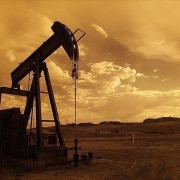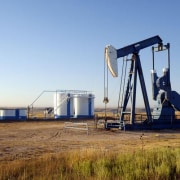Oil prices rise by more than 1% on Friday. This is after better-than-expected U.S. employment data. Both benchmarks fell more than 3% on the week on U.S. interest rate hike jitters.
Brent rose $1.19, or 1.5%, to $82.78 a barrel. U.S. West Texas Intermediate crude (WTI) was up 96 cents, or 1.3%, at $76.68.
Expectations of further rate hikes in the world’s largest economy and in Europe have clouded the global growth outlook. It is due to both crude benchmarks down this week.
However, the U.S. Federal Reserve may have less reason to raise interest rates as aggressively as some is fearing. After a government report on Friday. it gives hopes of easing inflation amid signs the pandemic-disrupted labor market is normalizing.
Fed Chair Jerome Powell has warned of higher and potentially faster rate hikes, saying the central bank was wrong in initially thinking inflation was “transitory”. Its next monetary policy meeting is planned for March 21-22.
“Oil prices are fluctuating wildly on renewed fears of Fed interest rate increases,” said Price Group analyst Phil Flynn.
A strengthening dollar is also making oil more expensive for holders of other currencies.
Global shares, which often move in tandem with oil prices, hit a two-month low as investors dumped banks.
Broader U.S. employment data for February beat expectations with nonfarm payrolls rising by 311,000, compared with expectations of 205,000 jobs added, according to a Reuters survey. This is likely to ensure that the Fed will raise interest rates for longer, which analysts have said would weigh on oil prices.
On the supply side, major oil producers Saudi Arabia and Iran, both members of the Organization of the Petroleum Exporting Countries, re-established ties after days of previously undisclosed talks in Beijing.
U.S. oil rigs fell by 2 to 590 this week, their lowest since June, according to data from Baker Hughes.
Click here to read the full article
Source: Street Insider
If you have further questions about the topic of oil prices rise issues, feel free to contact us here.










